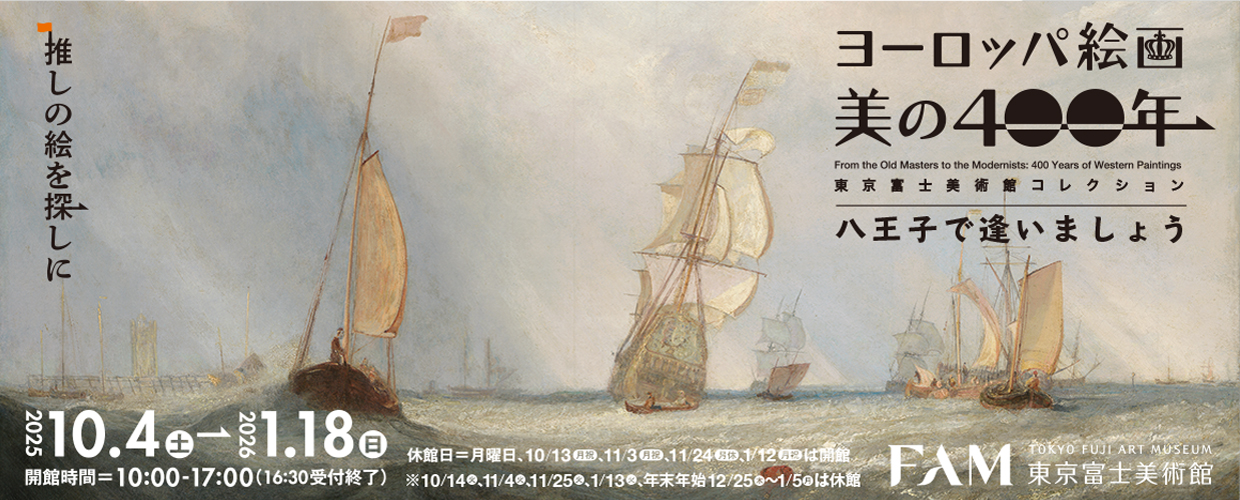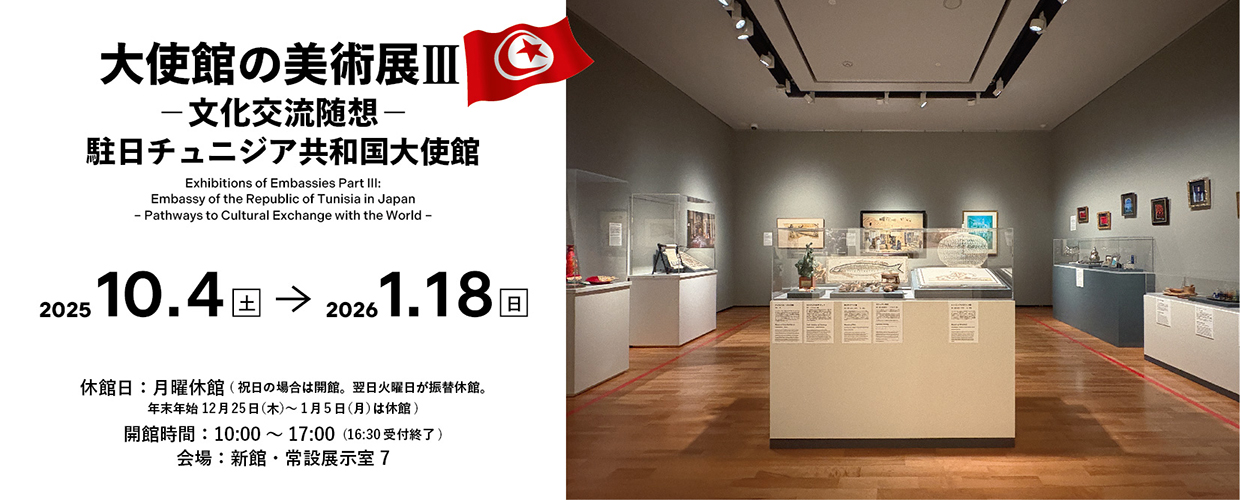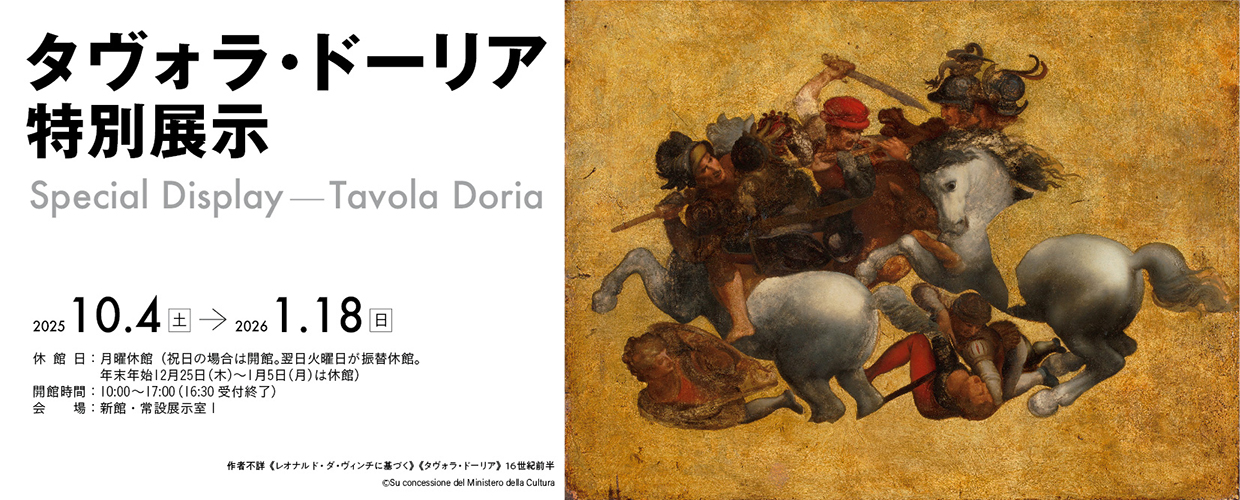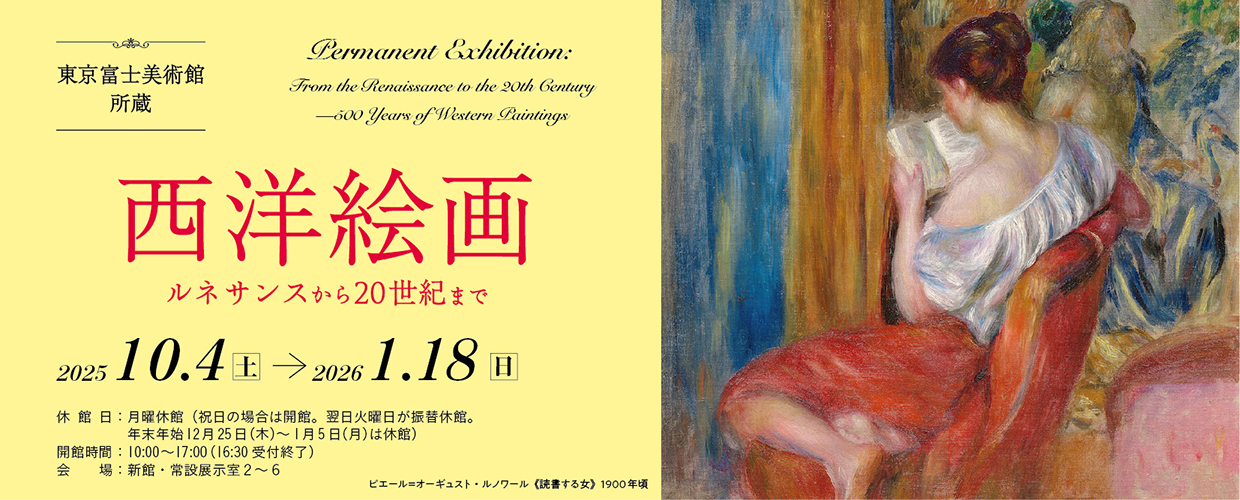October 1964/Color woodblock print on paper
32.5 x 46.0 cm
SUMMARY
Hara post town, the thirteenth on the Tokaido, is where Numazu is in Shizuoka today. The name Hara refers to the former name of the wetland – “Ukishima-ga-Hara”, which was said to have the best view of the mighty Mount Fuji on the whole Tokaido, and which attracted many painters, such as Hiroshige Utagawa. In 1958, Sekino Junichiro was invited by a Japanese-American exchange group, the Japan Society, to visit sites all over the US, and after returning he then traveled all around Europe. This experience of visiting the US and Europe saw him move towards woodblock printing from the copperplate printing he had focused on previously, and his colors became brighter and more vivid. At the time of his trip to the U.S. and Europe, Sekino was already quietly determined to produce series of work based on roads, such as a Tokaido series, and in fact from 1960, when he came back, he began to work on Fifty-three Stations of the Tokaido. Hara (Moonlit Mt. Fuji Reflected on Tiled Roof) is a piece from this Fifty-three Stations of the Tokaido series, which Sekino continued to work on, producing a few pieces each year while also creating work to submit to exhibitions. In 1964, the year this piece was produced, he also created Numazu, Kuwana and Kameyama. Sekino tells the following story of the production: “Komai Tetsuro stormed into my room, with its painful, half-finished and failed work of Mount Fuji, and said, “Sekino, you have fallen to painting Mount Fuji too.” I guess that in his mind Fuji was just for low-grade commercial work, and that I was not in the position to paint it – so he was disappointed in me. ... Of course, I am not fond of the image of a dignified Mount Fuji spreading across a blue sky. In Hara, I doffed my cap before the beauty of Mount Fuji and went to my hotel room for a drink. In the night I woke up to go to the restroom. The pale moonlight was falling on the tiled roof, and over there, in a huge ultramarine sky, stood the bewitchingly beautiful mountain. It had to be a woodblock print. I had finally found a painting theme for Mount Fuji: reflected on a tiled roof. I was too excited to go back to sleep. (Sekino Junichiro, Kaido Koryo; Sekino Junichiro work and text collection, Bijustsu shuppansha, 1983) The resulting work of Mount Fuji reflected by the light of the moon onto the tiled roof is a poetic image, expressed in geometric shape and simple color. The combination of tiles and Mount Fuji may be a rather new theme, but Sekino had already painted a work with a similar motif, Roofs in Florence, in 1959, which had garnered high praise at an international block printing exhibition. Later he would also go on to produce a series called Twelve Pieces on Tiled Roofs, so it can be said that tiled roofs were a one of the motifs that Sekino pursued through his life.
ARTIST
Sekino Junichiro
1914-1988
Sekino Junichiro was born in Aomori City, Aomori Prefecture and died in Chofu City in Tokyo. While studying in middle school in Aomori, he was involved in the student printing magazine, and began to work on woodblock printing. He learned about not only woodblock prints, but also copperplate and stoneplate printing from Kon Junzo, who lived in Aomori. At the age of 18 he was selected for the Nihon Hanga Kyokai exhibition. He was determined to make his living as a painter, and in 1939 – at the age of 25 – went to Tokyo to visit the studio of Onchi Koshiro, who was a central figure in the creative printing world. Under Onchi, he formed a printing work research organization called Ichikikai alongside Yamaguchi Gen. In 1951 he opened Kaso Cho Copperplate Etching Research Room in his home in Koenji, and with Komai Tetsuro he instructed artists of the upcoming generation – including Hamada Chimei, Kano Miruo and Kobayashi Donge – in copperplate techniques. In 1958, at the invitation of the Japan Society, he visited areas of the U.S., giving lectures and demonstrating woodblock printing. After returning from the U.S. he went to various countries in Europe. His experience of staying abroad was an opportunity for him to approach the landscapes of Japan afresh, and upon returning he worked on the Fifty-Three Stations of the Tokaido and Okuno-Hosomichi Print Collection series, with the theme of traveling roads. At the same time, he also worked on portraits of models, with depictions of humanity based on careful observation and some elements resembling ukiyo-e: various kinds of portraiture that presented a truly charming vision of the subject.
List of artworks by the same artist
INFORMATION

EXPLORE

You can search and browse content on a platform across museums and archival institutions nationwide, and create My Gallery (online exhibition).





